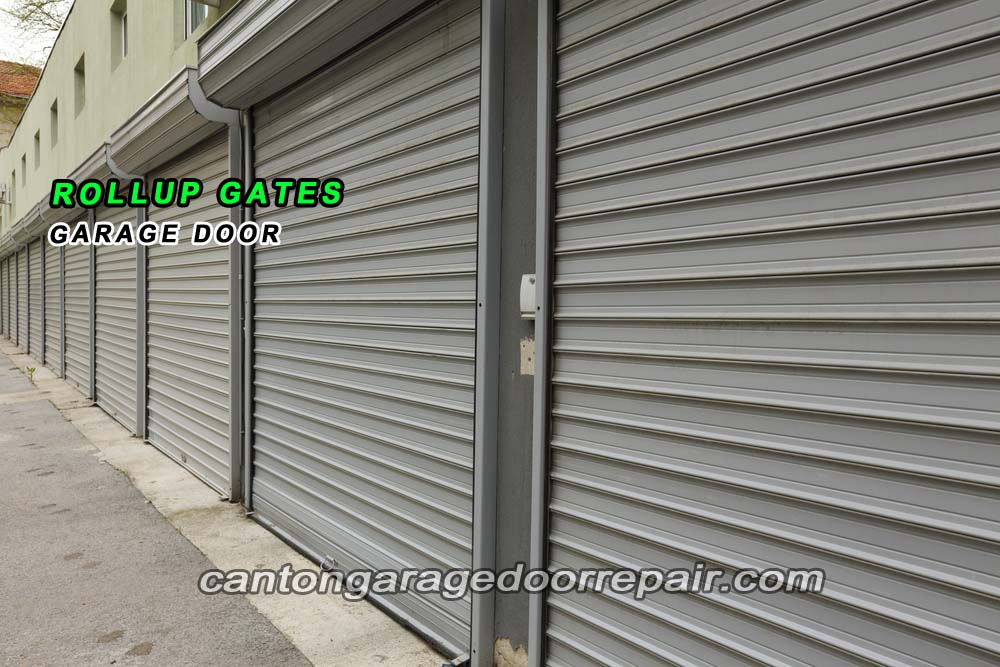
Section 1: Understanding the Importance of Routine Maintenance
1.1 Why Routine Maintenance Matters
Routine maintenance is the key to preventing unexpected malfunctions and ensuring the longevity of your garage door opener. Neglecting regular checks and upkeep can lead to costly repairs and inconvenience. By dedicating time to routine maintenance, you not only save money but also enhance the safety and efficiency of your garage door system.
1.2 Frequency of Maintenance Checks
Establishing a regular maintenance schedule is crucial. We’ll discuss the recommended frequency for tasks like lubrication, sensor alignment, and overall system inspections. A well-maintained garage door opener can operate smoothly for years, providing peace of mind and reliability.
Section 2: Step-by-Step Maintenance Guide
2.1 Safety First
Before starting any maintenance tasks, prioritize safety. We’ll guide you through essential safety measures, such as disconnecting power, securing the door in the open position, and using appropriate tools and equipment.
2.2 Lubrication of Moving Parts
Proper lubrication is key to a smoothly operating garage door opener. We’ll identify the critical components that require lubrication, the type of lubricant to use, and how to apply it effectively. This step helps reduce friction and wear, ensuring optimal performance.
2.3 Checking and Adjusting the Garage Door Balance
An imbalanced garage door can strain the opener and lead to premature wear. Learn how to test and adjust the balance of your garage door, promoting even weight distribution and preventing strain on the opener mechanism.
2.4 Inspecting and Cleaning Sensors
Safety sensors play a vital role in preventing accidents. We’ll show you how to inspect and clean the sensors, ensuring they’re free from debris and properly aligned. This step guarantees that the auto-reverse feature functions correctly, enhancing overall safety.
2.5 Tightening Hardware
Over time, vibrations and usage can loosen nuts and bolts. Discover how to systematically check and tighten all the hardware components of your garage door opener. This simple task can prevent noise issues and ensure the stability of the entire system.
2.6 Testing Auto-Reverse Feature
The auto-reverse feature is a critical safety component. Learn how to test and adjust this feature to ensure your garage door promptly reverses if it encounters an obstruction. Regular testing prevents accidents and keeps your opener in compliance with safety standards.
Section 3: When to Call a Professional
3.1 Recognizing Signs of Trouble
Despite routine maintenance, issues may arise. Understand the common signs of a failing garage door opener, such as unusual noises, slow operation, or failure to respond to commands. Identifying these signs early allows for prompt professional intervention.
3.2 Benefits of Professional Maintenance
Explore the advantages of hiring a professional for periodic maintenance. Professionals have the expertise to identify and address potential problems before they escalate. We’ll discuss how their insights can save you time, money, and ensure the continued reliability of your garage door opener.
Regular routine maintenance is the key to a smooth-running garage door opener. By dedicating time to these simple tasks, you not only enhance the performance and longevity of your opener but also contribute to the overall safety of your home. At Canton Garage Door Repair, we understand the significance of routine maintenance in keeping your garage door system in optimal condition.
Follow our comprehensive guide to ensure your garage door opener remains a reliable and hassle-free part of your daily life. If you ever need professional assistance or have questions about maintaining your garage door opener, don’t hesitate to contact our experienced team at Canton Garage Door Repair. We are here to ensure that your garage door operates seamlessly, providing convenience and security for you and your family.